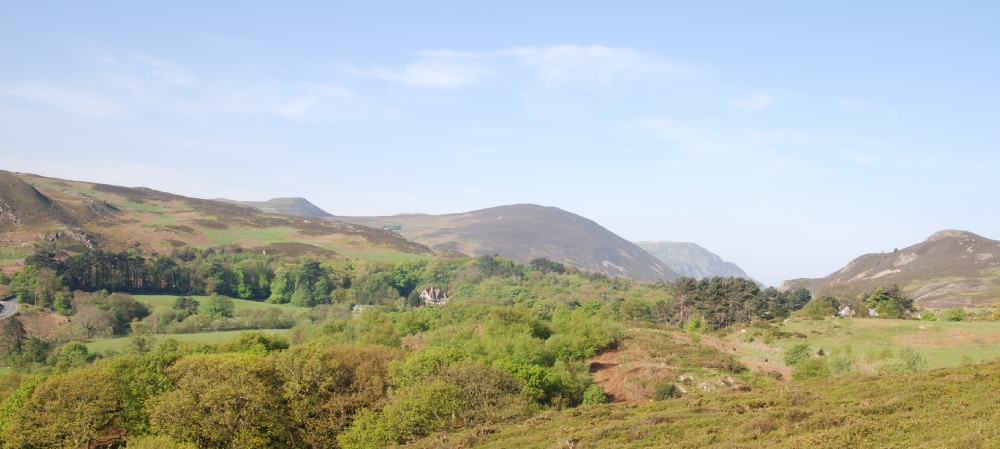
Cymraeg


Canolfan Cadwraeth a Gwarchod Natur
Pensychnant
Conservation Centre & Nature Reserve

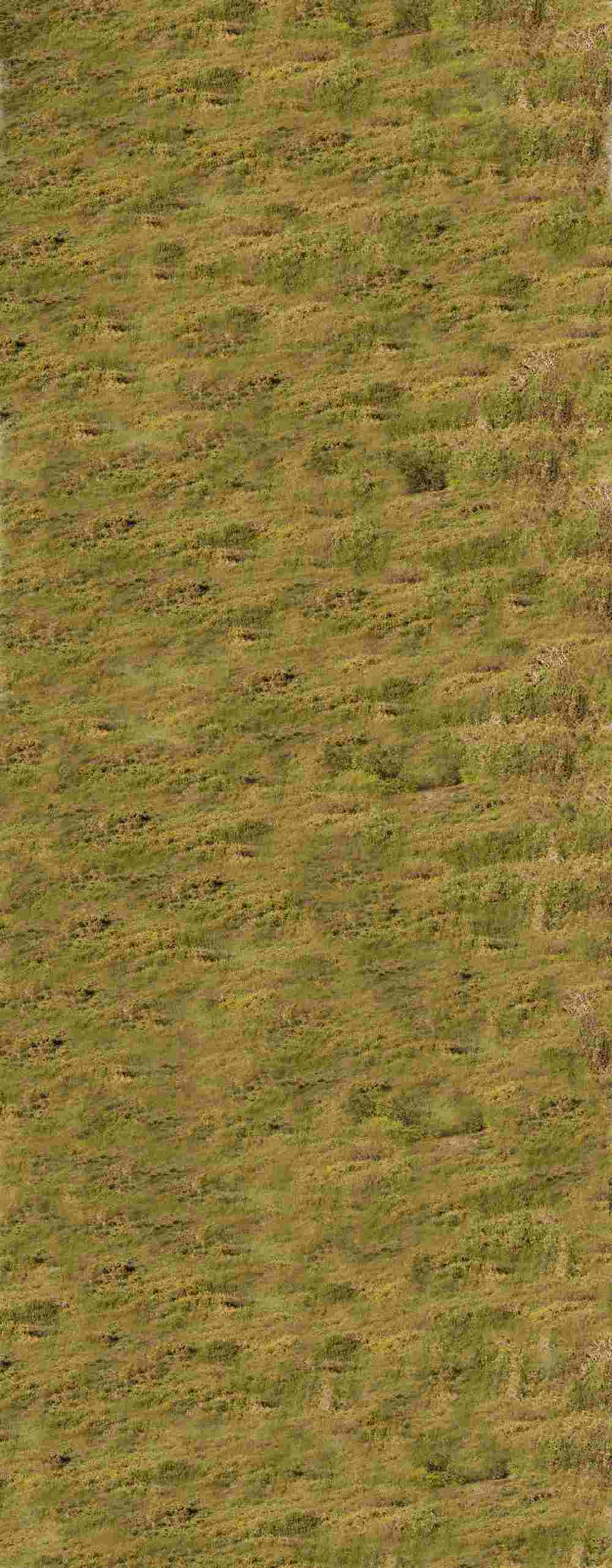









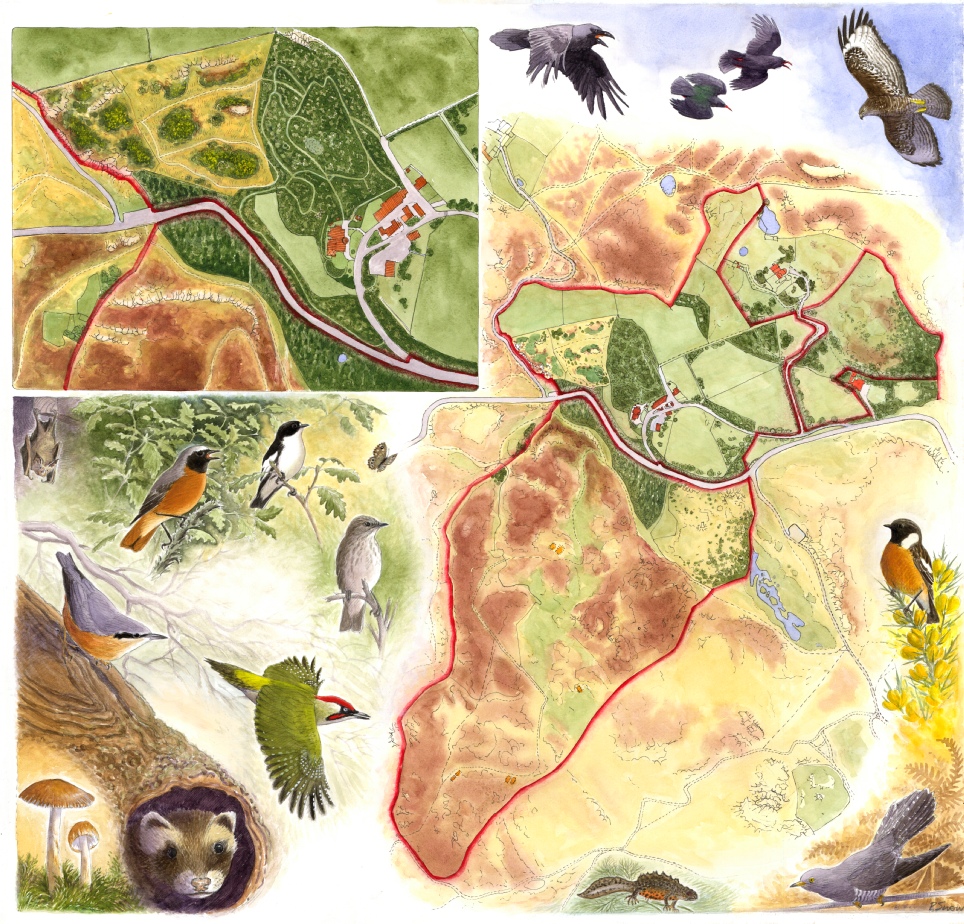
Raven
Pied Flycatcher
Spotted Flycatcher
Great Crested Newt
Cuckoo
Stonechat
Buzzard
Chough
Nuthatch
Redstart
Lesser Horseshoe Bat
Tawny Grisette
Polecat
Green Woodpecker
Sychnant Pass
Y Bonc
Hotel
Oak Hangar
Home
Wood
Home Wood
Y Bonc
Sychnant Pass
P
P
P
P
To Penmaenmawr
Y Ffridd
Y Ffridd
To Conwy


Gwern Engan
Mediaeval Huts
Conwy Mountain

N
100m

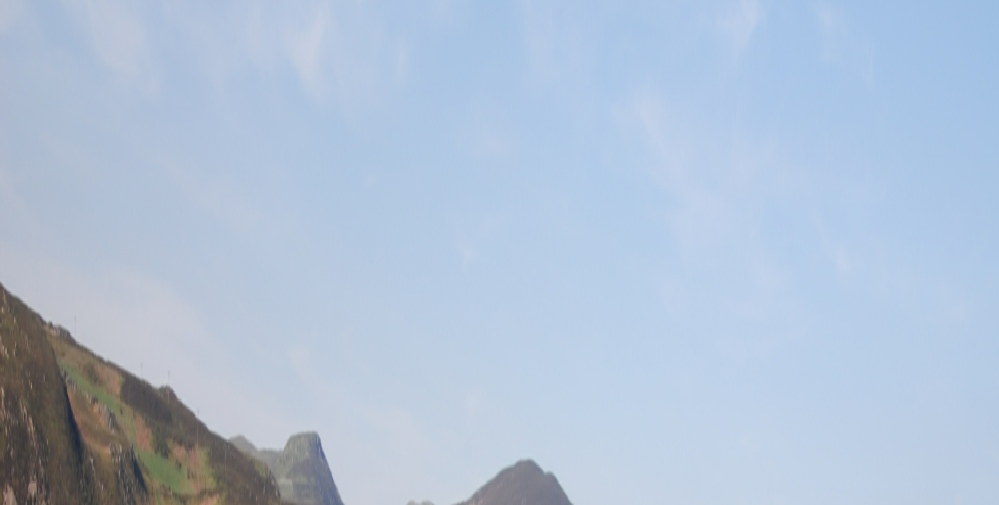
Although the original house at Pensychnant (the lower, right-
By 1937, the cotton industry had collapsed and Pensychnant was sold, but in 1967 Brian Henthorn Stott, great grandson of the architect, bought it back again. Now, the Pensychnant Foundation continues in his memory.
We aim to restore Pensychnant to its former glory, but even so the house is well endowed with original gothic and ‘arts & crafts’ features depicting Victorian social history.
PENSYCHNANT was born of one man’s love of nature. Brian Henthorn Stott loved this place; its vital wildlife; its outstanding natural beauty; its tranquillity. He set up the Pensychnant Foundation in 1989 to protect the history and natural history of Sychnant, for peaceful enjoyment, for posterity. Now the Pensychnant Foundation continues in his memory
At Pensychnant, a prehistoric landscape was used by mediaeval farmers, modified by Victorian whims, and is still farmed today. Even the moorland which seems to epitomise naturalness, is a product of the centuries of pasturage since Neolithic and Bronze Age man cleared the primaeval woodlands. Pensychnant’s Archaeological trail includes Bronze Age, Iron age and mediaeval sites, including the hafotai (summer houses) which are so much part of Welsh history and culture. Conwy Mountain has examples of Bronze Age burial, the magnificent Iron Age fortress, Caer Seion and Mediaeval feudal field systems, if you know where to look!
Pensychnant in 1930: Architecturally eccentric but very modern in its time!
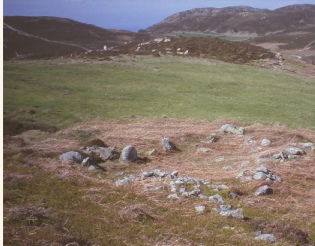
Mediaeval Longhouse at Pensychnant
The varied habitats at Pensychnant, and the diverse flora and fauna therein, are a prime expression of a long history of countryside stewardship. It is one of the best wildlife sites in the region.
Heathland
Still traditionally grazed, Pensychnant’s Ffridd is now part of the Sychnant Site of Special Scientific Interest; (SSSI) nationally important for its heathland. The mosaic of bell-
Ancient & Victorian Woodlands
Just above the house, in the Home Wood, is Cadair Edward (Edward’s Chair). Legend reputes that this quartzite rock was used by Edward I (who built Conwy Castle) to sit and watch his royal hunt. In fact the rock seat itself is likely to be a Victorian folly, but this woodland, and parts of Oak-
The estate was ‘beautified’ by the Victorian Stott family in the 1880’s. Trees such as the Scots and Corsican pines, sycamore, and beech were planted, and a tennis lawn with pavilions was set in a created glade in Home Wood. New woods were created including the Lime Avenue and the pines which so characterise the top of the Sychnant Pass. A century has mellowed the Victorian planting. The increased diversity attracts goldcrests, occasional crossbill, and lime hawk-
Tree planting was resumed by Brian Stott in the 1970’s and then by the Pensychnant Foundation in 1996, but with different objectives; for conservation. The charity has planted about 2200 locally-
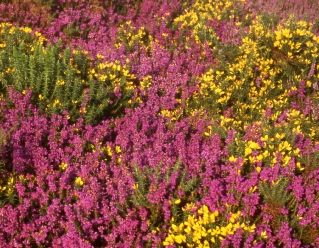
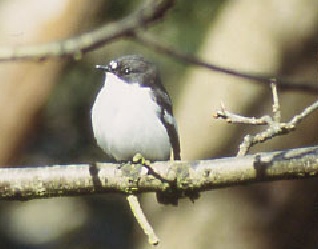
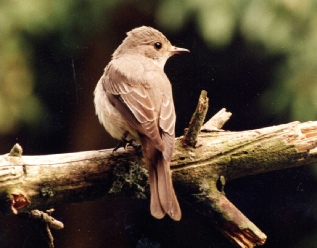
Spotted Flycatcher: 77% decline in 25 years (BTO)
Pied Flycatcher
Bell Heather & Western Gorse
Sychnant is a Regionally Important Geological Site (RIGS). It gives a very explicit example of igneous geology, with the intrusive rhyolites of the coastal mountains giving way to the extrusive rhyolites and tuffs of the Sychnant Pass and inland. Real geologists debate earnestly in long words about its orogeny but its origins can also be interpreted more simply to the lay-
The Sychnant Pass itself was eroded by glacial melt-
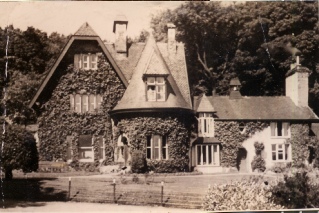
Sychnant is surely one of the best places in the world: full of natural beauty and peace. But how much more we can appreciate our environment if we understand it, its history and cultural ties. If you or your group would like to know more about the history or natural history of Sychnant, please contact us
Pensychnant organises a range of guided walks and talks to explore and interpret the environment, and can organise events for other groups too.
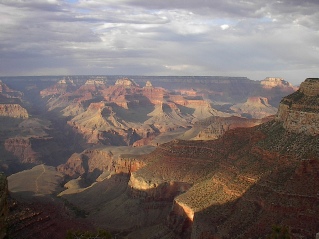
Sychnant Pass
History ↓
Geology ↓
Archaeology ↓
Nature Reserve
& Environs
Wildlife ↓


Reserve Map by Philip Snow
Events
Wildlife Art Gallery
Contact & Find Us!
Support Us!
Community Facilities
News
Wildlife Recording
Home
Page























